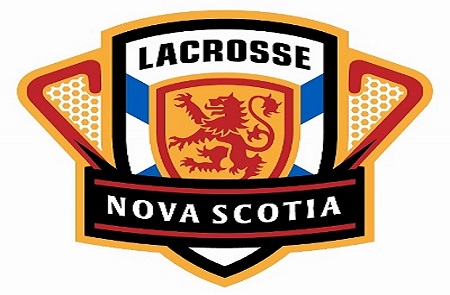13. CONCUSSION POLICY 13.01 Head Trauma/Concussion - The topic of Concussion in sport is an important topic as today’s athletes are better trained, quicker and stronger. It is a common injury that occurs in children and adolescents participating in sports and recreational activities. The recent studies in both football and hockey have identified the potential long-term effects on athletes receiving head trauma/injuries. To ensure these types of injuries are properly managed the following information is provided as guideline but by no means should it be considered complete as each injury should be evaluated on its own merits.
- Coaches and Parents are often the first people "on the scene" during a sport-related concussion incident. When it comes to specialty injuries, such as sport related concussion, seeking the advice of doctors, neuropsychologists, and other healthcare professionals is required to effectively manage the various stages of recovery from concussion. Further information can be found at:
http://coach.ca/concussion-awareness-s16361 13.02 Definition of concussionA concussion is a traumatic injury to soft tissue, usually the brain, as a result of a violent blow, shaking, or spinning. A brain
concussioncan cause immediate but temporary impairment of brain functions, such as thinking, vision, equilibrium, and consciousness. After a person has had a concussion, he or she is at increased risk for recurrence. Moreover, after a person has several concussions, less of a blow can cause injury, and the person can require more time to recover.
13.03 Evaluation of concussion - Signs and symptoms
There are a variety of signs and symptoms that athletes may experience following a concussion. A concussion should be suspected if an injured athlete exhibits any of these signs or symptoms and appropriate risk management should be initiated. These signs and symptoms may develop within minutes to hours and in some cases
even days after an injury

TABLE 1
Features of sport-related concussion |
| Symptoms/physical signs | Behavioural changes | Cognitive impairment | Sleep disturbances |
Headache
Nausea/vomiting
Dizziness
Visual disturbances
Photophobia
Phonophobia
Loss of consciousness
Amnesia
Loss of balance or poor coordination
Decreased playing ability | Irritability
Emotional lability
Sadness
Anxiety
Inappropriate emotions | Slowed reaction times
Difficulty concentrating
Difficulty remembering
Confusion
Feeling in a fog
Feeling dazed | Drowsiness
Trouble falling asleep
Sleeping more than usual
Sleeping less than usual |
b. EvaluationIf an athlete has sustained a head injury while participating in sports or recreational activities, they should immediately stop the activity and be removed from the game or practice. If there is loss of consciousness, this could indicate a more serve injury has taken place and the Emergency Response Plan should be initiated taking into consideration appropriate cervical spine precautions (i.e., collar and board, ambulance transfer to hospital), including assessment of airway, breathing and circulation.
The conscious athlete should be assessed for signs and symptoms of concussion and observed closely by a responsible adult for any signs of deterioration. Symptoms of concussion may develop or worsen in the hours or days following an injury. A medical evaluation should be performed as soon as possible to confirm a diagnosis of concussion. Players who have been diagnosed with a concussion should never return to sport until they are symptom free and have been medically cleared. Concussed athletes may experience impairments in attention, response time and memory, potentially increasing their risk for another concussion or other injury. If in doubt, sit them out!
Included in Annex A is the Sport Concussion Assessment Tool 2 (SCAT2) Sideline Exam - This tool represents a standardized method of evaluating injured athletes for concussion and can be used in athletes aged from 10 years and older.
c. Return to Play FrameworkThe return to play process is gradual, and begins after a doctor has given the player clearance to return to activity.
Steps 1 through 4 must be completed with consultation between the parent/guardian and the coach.
Doctor’s clearance must be submitted to your coach or the Team Trainer/Safety Person after completion of step 4 and before movement to step 5, who will in turn inform the Association or League President.
NOTE: The player should only progress to the next step after 24 hours of no symptoms after completion of the previous step.
Step 1: No activity, only complete rest. Proceed to step 2 only when symptoms are gone.
Step 2: Light aerobic exercise, such as walking or stationary cycling. Monitor for symptoms and signs. No resistance training or weight lifting.
Step 3: Sport specific activities and training (e.g. skating, anaerobic, aerobic workout).
Step 4: Drills without body contact. May add light resistance training and progress to heavier weights. The time needed to progress from non-contact to contact exercise will vary with the severity of the concussion and the player. Go to step 5 after medical clearance (reassessment and note to be submitted to your team’s Coach or training staff).
Step 5: Begin drills with body contact after medical clearance.
Step 6: Game play.
NOTE: If symptoms or signs return, the player should return to the previous step, and be re-evaluated by a physician. Failure of any coach, player, trainer, administrator or league to follow this policy and the guidelines herein will be suspended indefinitely pending a full investigation by Lacrosse Nova Scotia Risk Management.


